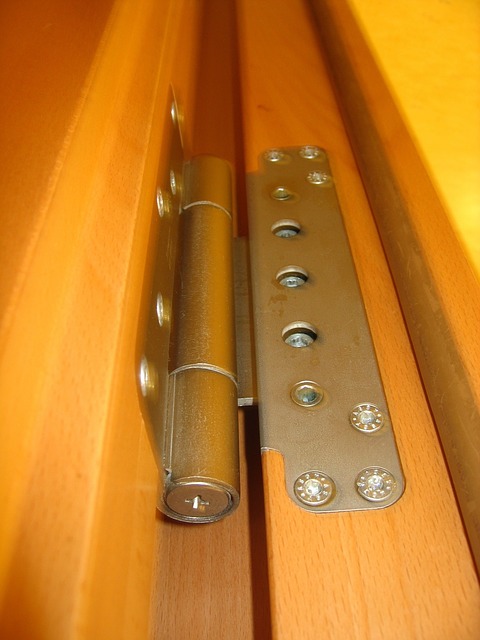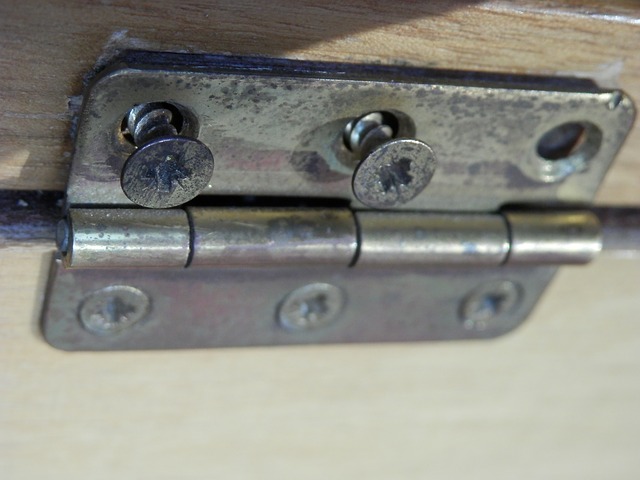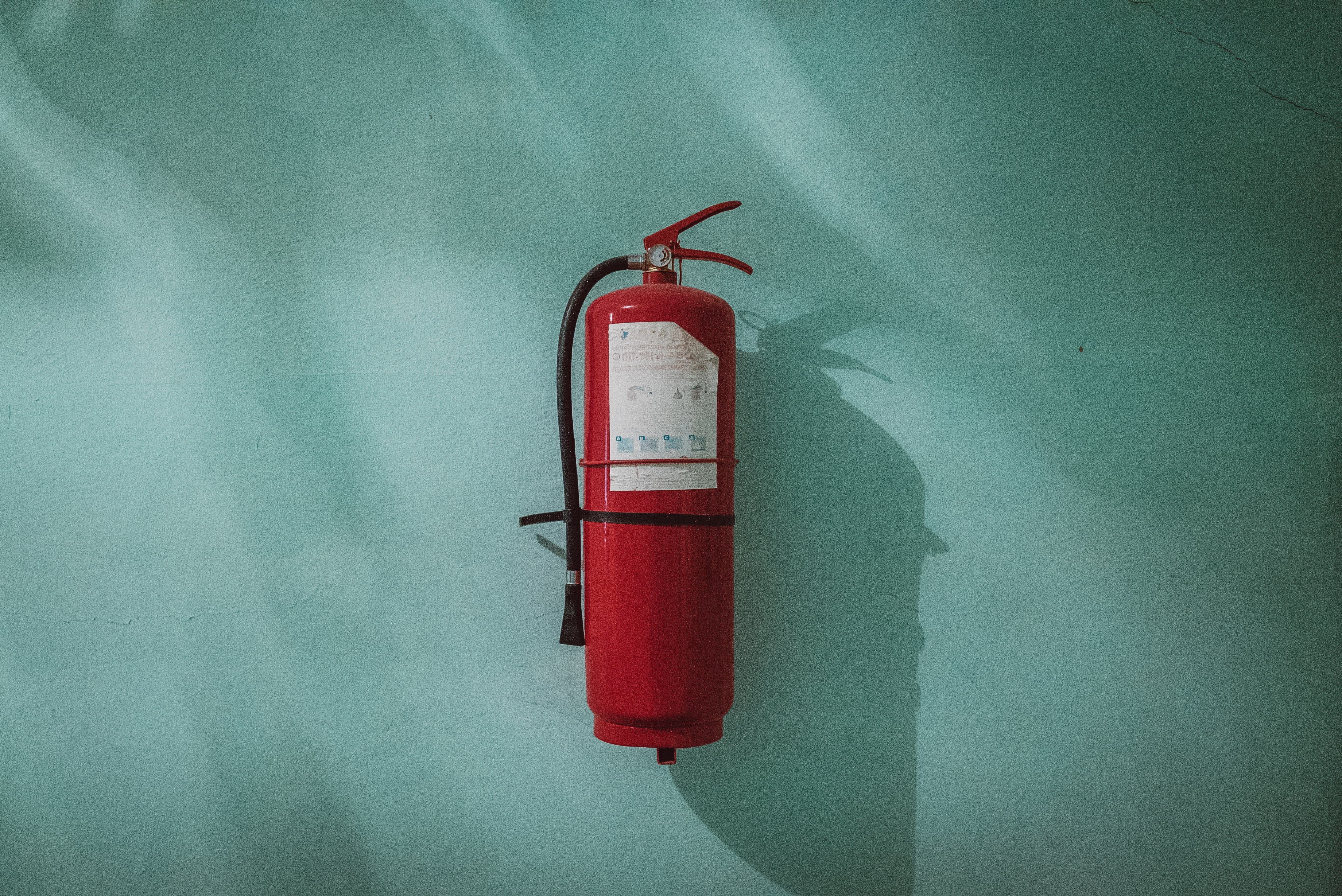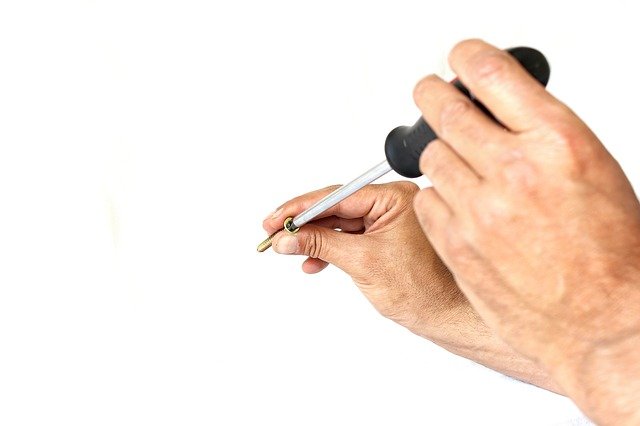
Fire door hinges are a vital part of fire safety. To make sure your internal doors meet fire door regulations, they need to be fitted correctly by a certified professional and have the correct fire door hardware, fire-rated frame and accessories.
Fire safety is not just about the heat resistance of the door: it’s also related to the condition of the seals, fire door hinges and how the fire door is fitted and maintained.

Every type of internal door should have the appropriate hinges fitted. When it comes to fire doors, you need special fire door hinges to ensure that the door is providing an effective fire barrier against heat, smoke and flames.
To ensure that fire doors meet fire safety regulations this actually means installing a complete fire door set: the fire door, fire-rated frame, fire door hinges, intumescent seals, architrave, door stops and compatible hardware. A fire door in itself would not withstand excessive heat or flames with non-regulation accessories. Standard locks or hinges would melt and smoke would easily get through a frame that is not specifically designed for fire doors.
Fire door sets should also be fitted and inspected by trained and certified fire safety professionals. You can book a fire door safety inspection with a certified body at https://fdis.co.uk.
RELATED: What are intumescent seals?
Fire door hinges must be used with fire doors because regular door hinges will melt, warp or break under the heat of a fire. This means the fire door will drop and move out of the frame, allowing flames or smoke to get through and increasing the speed at which the fire will spread.

When installing or replacing a fire door you always need to consider the relevant fire door hinges, hardware and accessories to complete the set.
Fire door hinges work together with the other elements of the fire door set. The metal used to make them is strong enough to resist heat and flames without melting, which means that the door is held in place and supported for longer.
A fire can start in any part of a house or commercial building. Fire doors are designed to delay the spread of fire so that the occupants can safely exit the building. If any part of the fire door is faulty or not installed correctly, this can affect how long the door is fire resistant.
Domestic fire doors (usually 45mm thick FD30 models) provide 30 minutes of fire protection when they are fitted correctly. Commercial buildings generally use doors with 60 minutes of fire protection or more (FD60 doors, 54mm thick) as they can take longer to evacuate and need to adhere to a different set of fire safety regulations.
Fire doors can also be fitted with fire door closers. Before 2007, all fire doors would have been fitted with a self-closing device. This rule has been relaxed to give domestic home-owners the choice of whether to use them or not, however they must be fitted to all doors above the second floor of a building, as well as those between garages and domestic homes. Even if closers are not fitted, fire doors must always be kept shut.
There are different rules for domestic homes and commercial sites, as well as guidelines for different parts of the building, so you should check the relevant Building Regulations documents for your area to ensure your fire doors are adequate.

If you’re wondering where the hinges should go on a fire door, you need to check the regulations and instructions for your specific door. Fire doors should always come with manufacturers instructions which will tell you how to install fire door hinges and how many hinges are needed for each door leaf.
In the UK, fire doors and fire door hinges must always be fitted by a certified professional (such as a trained carpenter or joiner) to ensure that they meet fire safety regulations. This is a specialist job that needs to cover a wide range of considerations.

Installing fire door hinges - as well as fitting the fire door hinges, your fire door fitter should check the relevant regulations for fitting the hardware, intumescent seals and frame.
For further advice on fire safety at home or to find out what else you need to meet fire safety regulations, visit www.firesafe.org.uk or contact your local fire brigade service.
RELATED: When to replace a fire door
Proud stockists of....
